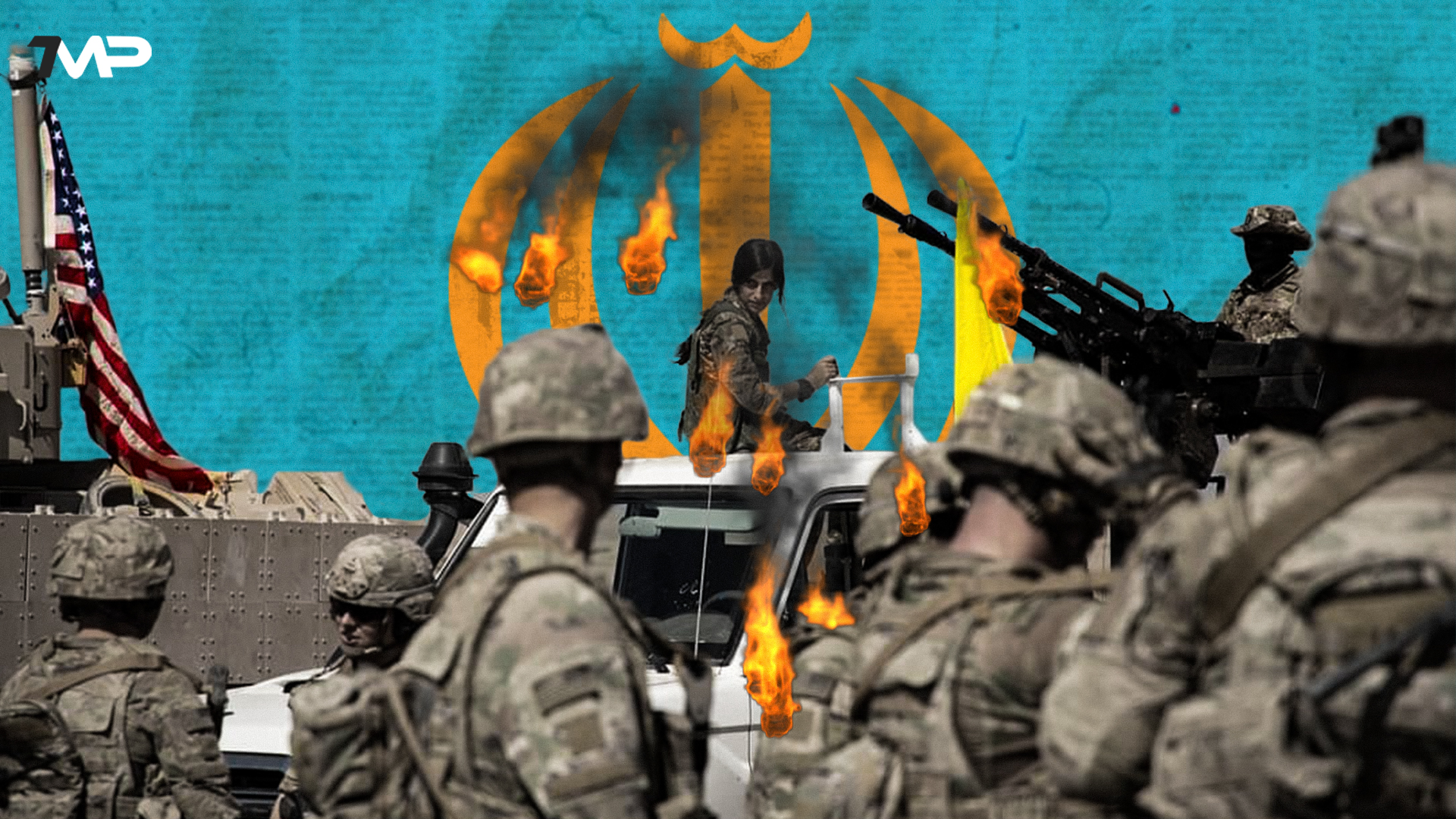Dangerous Escalation Following Iranian-backed Attack on US forces in Syria Highlights the Need for a new level of military support for the Syrian Democratic Forces

On March 23, 2023, an attack by suspected Iranian-backed forces killed a US contractor and injured several others. In response, the US carried out air strikes against the attackers in Syria. Iran condemned the strikes, warning of an immediate counter-response if its bases were attacked. Pro-Iranian forces in Syria also warned of a response to the air strikes. The tension between Iran and the US in Syria has escalated in recent months, with both sides carrying out attacks against each other.
The SDF is a key partner in the fight against ISIS, which still poses a significant threat to the region. The SDF has been successful in liberating large areas of Syria from ISIS control, but the group remains active and continues to carry out attacks. The SDF is also facing threats from state actors such as Iran and Turkey, which have both carried out attacks targeting US forces based in the Autonomous Administration of Northern and East Syria (AANES).
The recent attacks on US forces partnered with the Syrian Democratic Forces (SDF) in Syria by Iranian-backed forces have brought renewed attention to the importance of the US-SDF partnership. The attacks have resulted in the death of a US contractor and have demonstrated the continued threat posed by Iranian-backed forces in the region. The US and its Global Coalition partners must use this opportunity to further strengthen their partnership with the SDF, as the partnership supports key strategic goals of countering and neutralizing the threat of a resurgent ISIS. It would be wise to also consider tactfully seeking to curb the Erdogan AKP-MHP government’s support to violent Islamist and Takfiri extremists and mitigate both Russia and Iran’s expansion of influence across the region.
The recent attacks by Iranian-backed forces in Syria demonstrate the continued threat posed by these forces to US forces and their partners in the region. In response to the attacks, the US launched a series of retaliatory strikes against Iranian-backed forces in Syria, highlighting the escalating tensions between the two sides. Iran has warned of an “immediate counter-response” if the US attacks its bases, further raising concerns about the potential for further violence in the region.
To address these concerns, the US and its Global Coalition partners must further strengthen their partnership with the SDF. The SDF has proven to be an effective partner in the fight against ISIS, and the partnership has played a key role in countering and neutralizing the threat of a resurgent ISIS. The partnership has also helped to disrupt the expansion of influence by both Russia and Iran in the region.
The recent attacks by Iran on US forces, the continued aerial Turkish campaign targeting key SDF and AANES leaders, and the mounting tensions between all parties involved present a logical argument for increasing military support to the SDF. The SDF must be better equipped to not only defend itself and the diverse, multi-cultural civilian population who have been subjected to countless attacks, war crimes, and terror by a myriad of state and non-state actors, but also to better support the defense of members of the US-led Global Coalition based across the AANES.
To better equip the SDF to deal with the internal threats posed by ISIS and the aerial threats posed by state actors such as Iran and Turkey, the US and its Global Coalition partners should provide more meaningful military support to the SDF. This could include providing the SDF with more advanced weapons systems, as well as increased air support to counter the threat posed by Iranian and Turkish aerial campaigns targeting key SDF and AANES leaders. Additionally, the US and its partners could work to increase the training and capacity-building programs provided to the SDF, to ensure that they are better prepared to deal with the evolving threats in the region. This support should include better weapons, training, and intelligence sharing. The SDF also needs better air defense capabilities to deal with the aerial threats posed by state actors such as Iran and Turkey. Providing the SDF with this support will not only help it defend itself but also better support the defense of members of the US-led Global Coalition based across the AANES.
However, tensions in the region are already high, with the recent electoral victory of a far-right, hawkish Israeli administration, a recent bombing in Israel that the Israeli government has accused Hezbollah of being responsible for, and the anticipated announcement of a new alliance of anti-Israeli resistance backed by Iran, combined with this latest series of volatile measures taken by both Iran and the United States, along with other shifts in diplomacy between regional and global actors. The meeting between the Saudi and Iranian foreign ministers during Ramadan also adds to the complexity of the situation, with both sides likely to discuss issues of regional importance, including the situation in Syria.
The mounting tensions in the region present a logical argument for increasing military support to the SDF. The continued aerial Turkish campaign targeting key SDF and AANES leaders, along with the recent attacks by Iran on US forces, demonstrates the need for the SDF to be better equipped to defend itself and the diverse, multi-cultural civilian population who have been subjected to countless attacks, war crimes, and terror by a myriad of state and non-state actors.
It would be wise to take into account that tensions in the region are already high, with the electoral victory of a far-right, hawkish Israeli administration, a recent bombing in Israel that the Israeli government has accused Hezbollah of being responsible for, the holy month of Ramadan, and the anticipated announcement of a new alliance of anti-Israeli resistance fore backed by Iran. The shifts in diplomacy between regional and global actors further exacerbate the already volatile situation.
